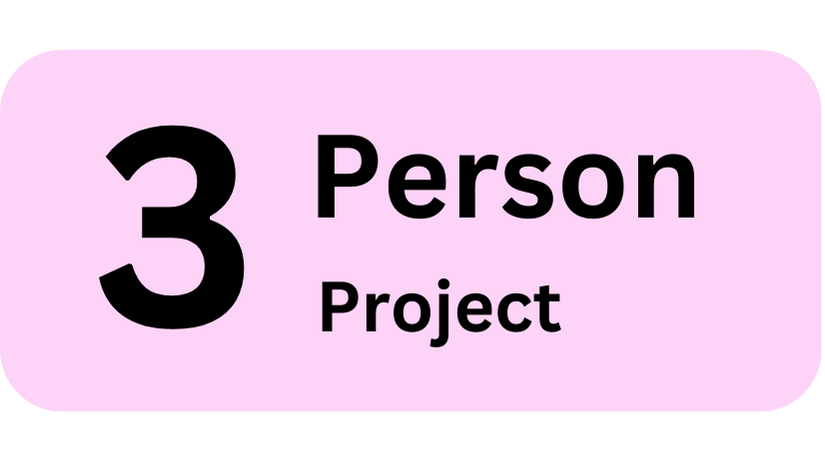Unit 2 → Subtopic 2.1
Using Determinants to Predict the Next Industry
The rise and fall of industries are shaped by consumer demand, technological advancements, and shifts in market preferences. Some industries, like personal computing in the 1990s or electric vehicles in the 2020s, have seen massive growth due to evolving consumer needs and economic forces. This project challenges students to predict the next big industry by analyzing the determinants of demand and forecasting future market trends.
Students will begin by researching key determinants of demand, such as consumer preferences, income levels, substitutes and complements, population demographics, and future technological innovations. They will examine existing industries and assess which sector is poised for significant growth based on these demand factors. Examples might include artificial intelligence, renewable energy, space tourism, or biotech innovations.
The research paper should identify a specific industry, justify why demand is expected to increase, and support claims using data, case studies, and economic reasoning. Students should analyze consumer behavior trends, government policies, and global economic conditions that influence market demand. Additionally, they should consider potential challenges the industry might face, such as regulatory concerns, high costs, or competition from existing markets.
By the end of this project, students will have developed a data-driven prediction about an emerging industry, strengthening their ability to analyze market trends and apply demand theory. This research paper will not only demonstrate their understanding of microeconomic principles but also encourage critical thinking about economic growth, innovation, and investment opportunities in real-world markets.
Recommended Procedure:
Select a Potential Growth Industry – Identify a sector that is likely to experience high demand in the near future. Research past trends and technological advancements that indicate potential success.
Analyze the Determinants of Demand – Examine factors such as consumer income, tastes, substitutes, and economic conditions. Use demand theory to explain why the industry will expand.
Support Predictions with Data and Case Studies – Collect market research, industry reports, and expert opinions to back up claims. Consider historical comparisons of past booming industries.
Evaluate Market Challenges and Risks – Discuss potential obstacles, such as government regulation, technological limitations, or competition. Assess whether demand growth is sustainable.
Write a Structured Research Paper – Organize findings into a well-supported analysis with a clear thesis, logical arguments, and properly cited sources. Ensure the economic reasoning is strong and well-explained.
Suggested Sources:
Understanding Demand and Market Growth:
Investopedia: Determinants of Demand – https://www.investopedia.com
Khan Academy: Market Demand and Consumer Preferences – https://www.khanacademy.org
2. Emerging Industry Analysis:
World Economic Forum: The Future of Industries – https://www.weforum.org
McKinsey & Company: Market Disruptions and Industry Growth – https://www.mckinsey.com
3. Consumer Behavior and Market Demand:
Harvard Business Review: What Drives Consumer Demand? – https://hbr.org
Nielsen Reports: Global Consumer Trends – https://www.nielsen.com
4. Data and Research Tools:
Google Scholar: Economic Forecasting Papers – https://scholar.google.com
World Bank: Global Market Projections – https://www.worldbank.org
Grading Rubric:
Total Points: __ /20














